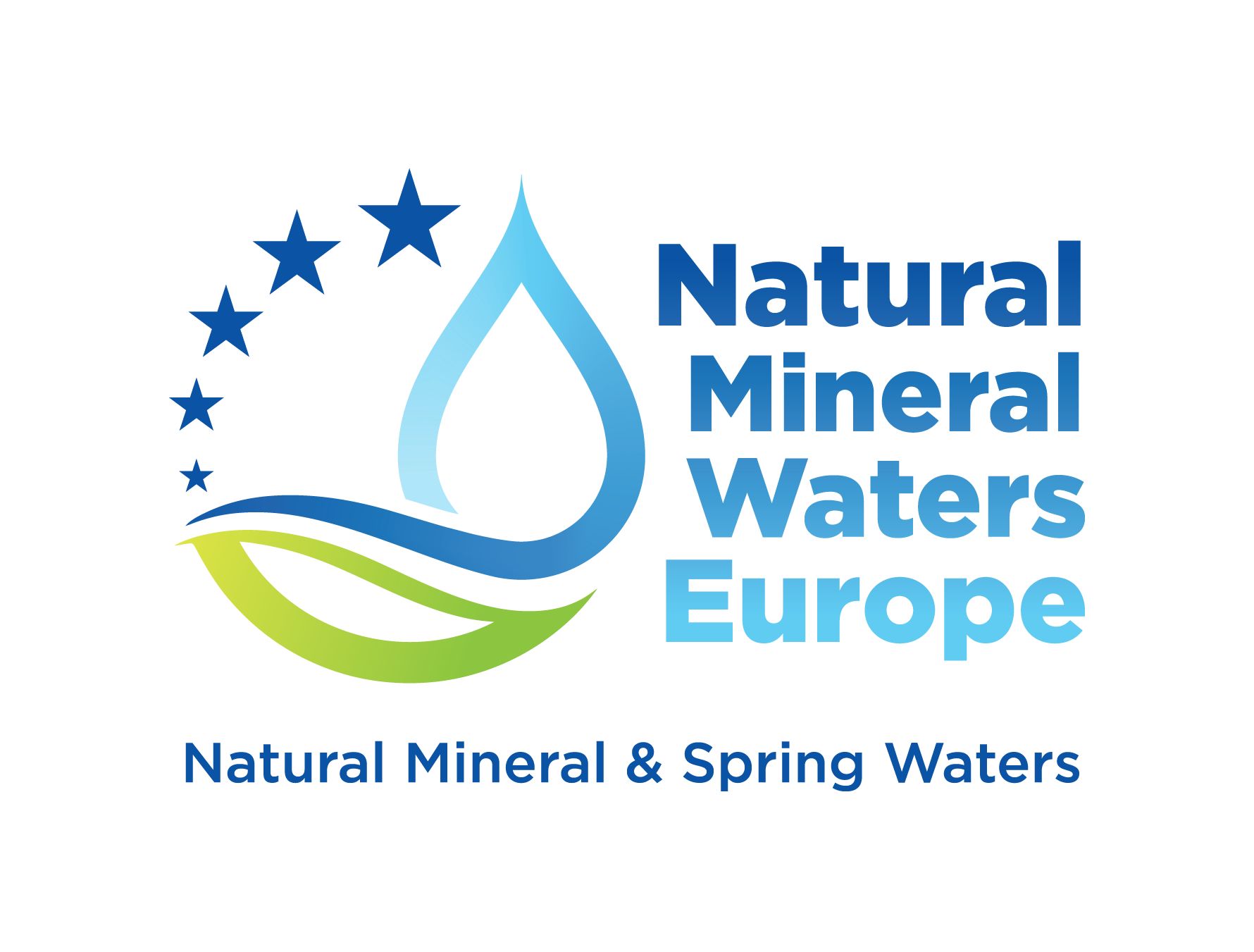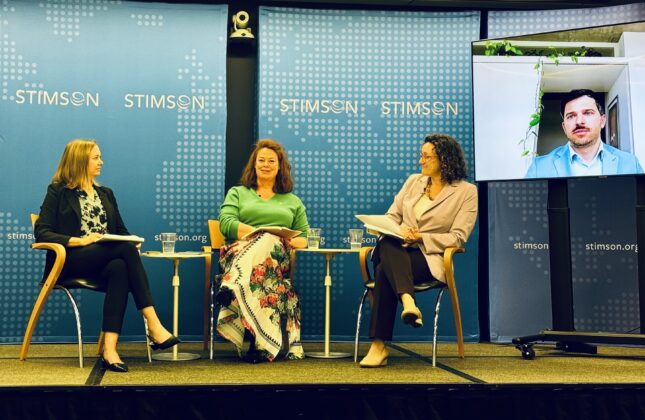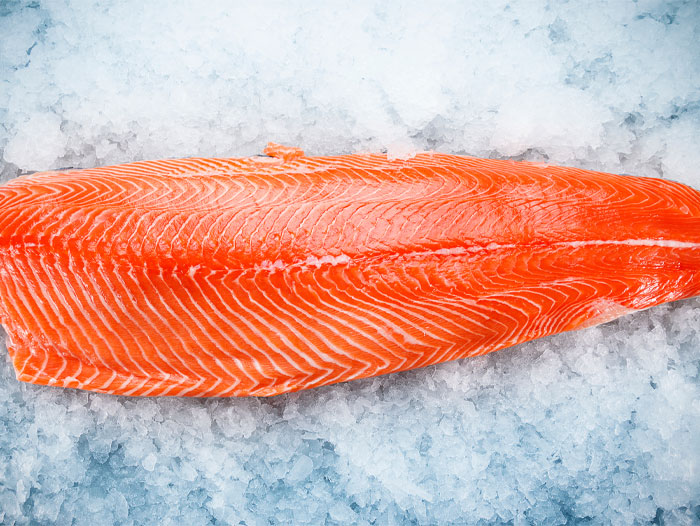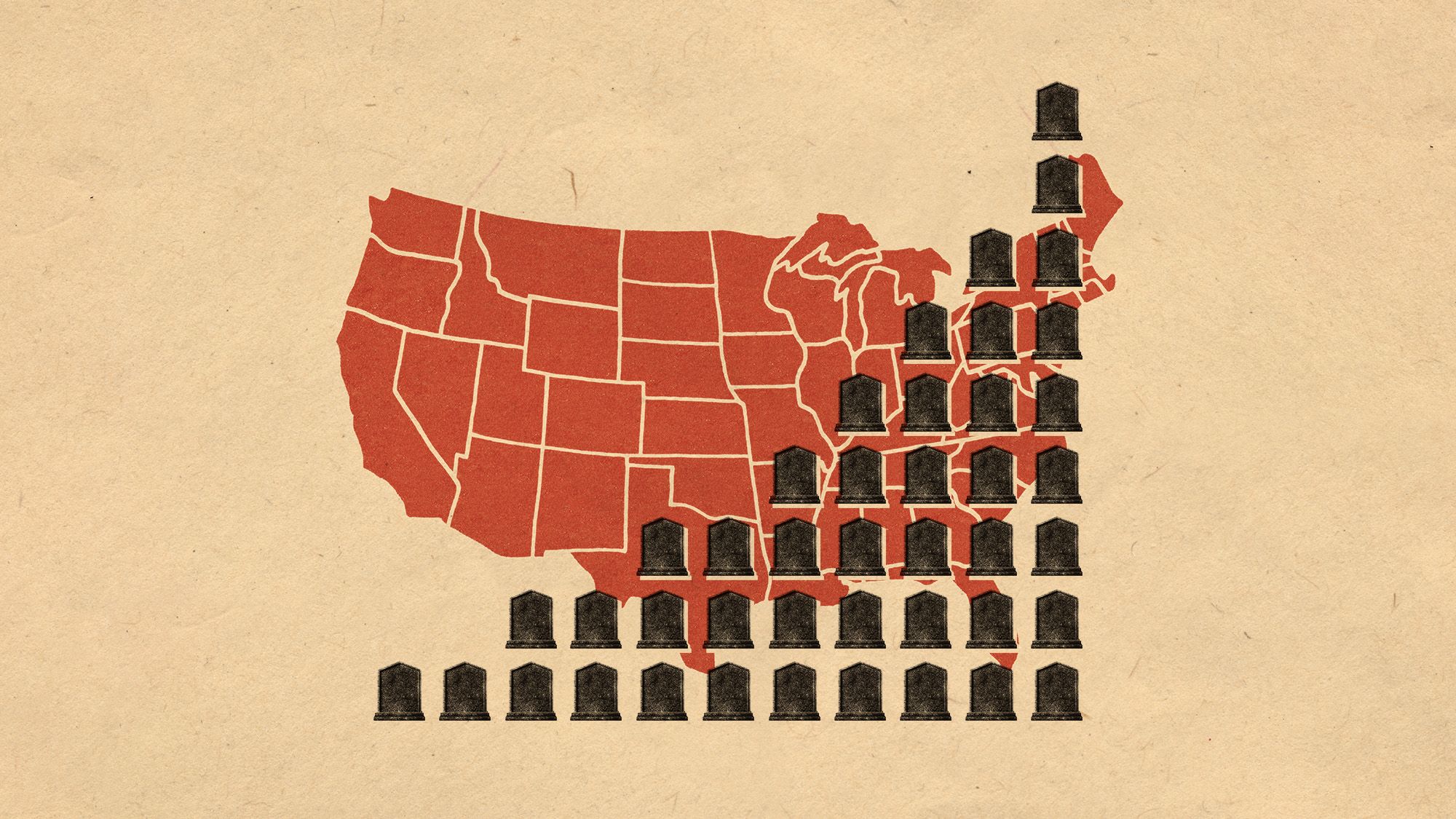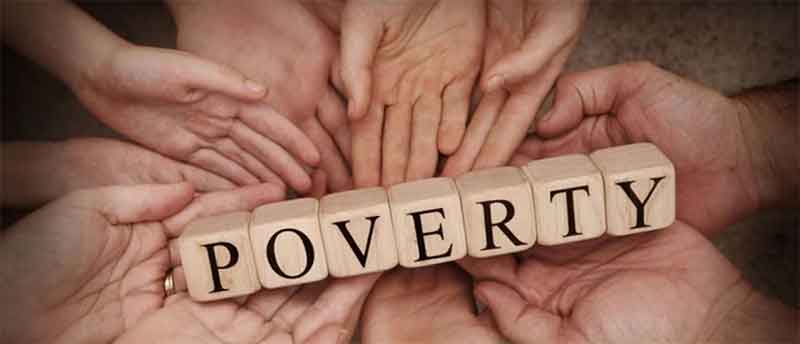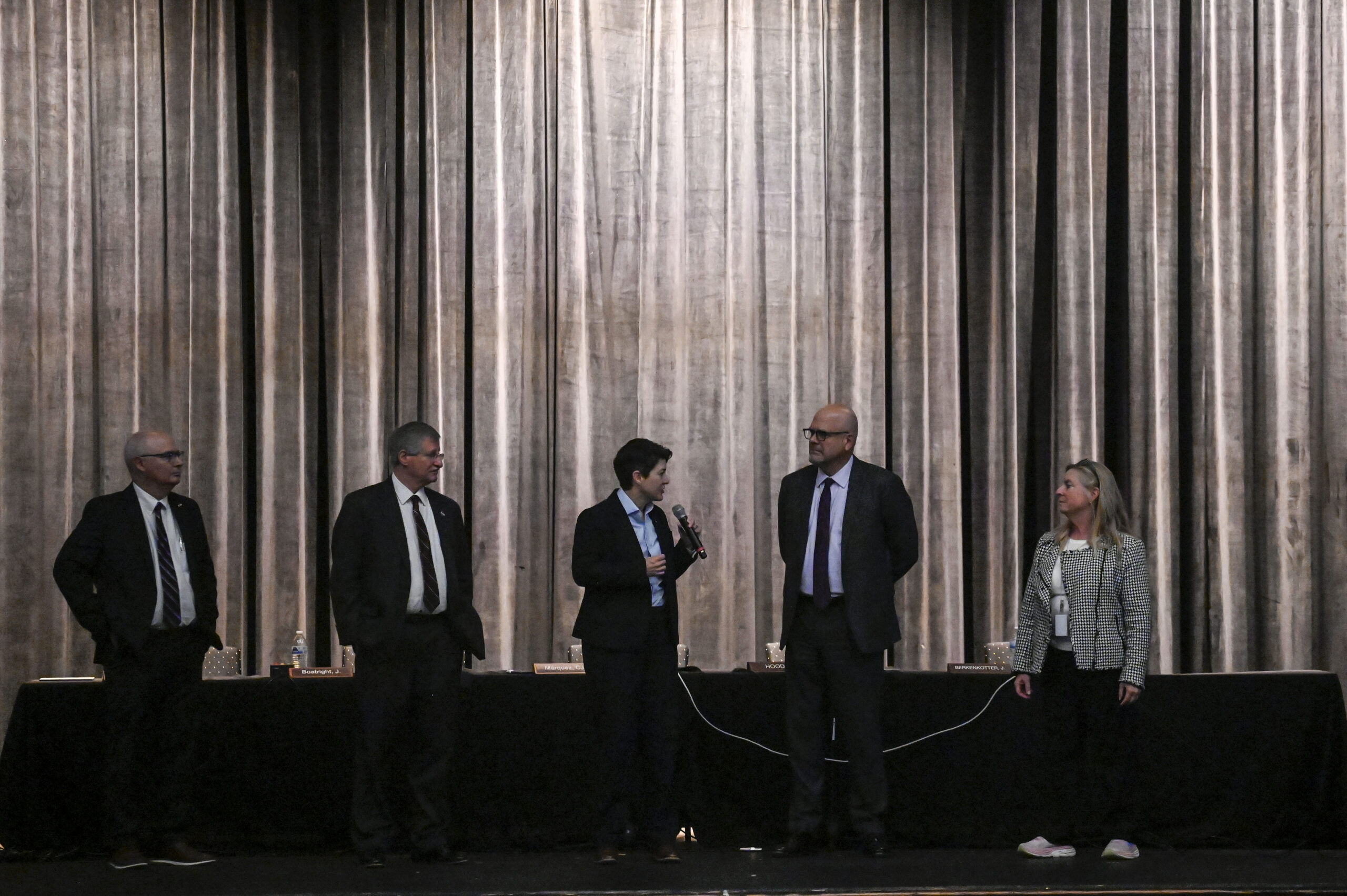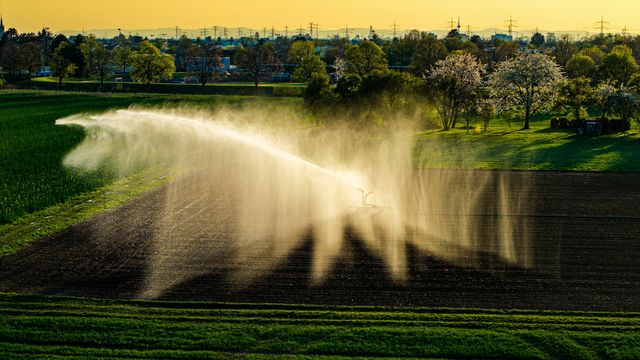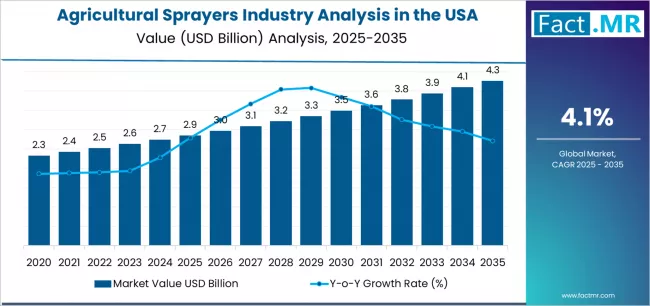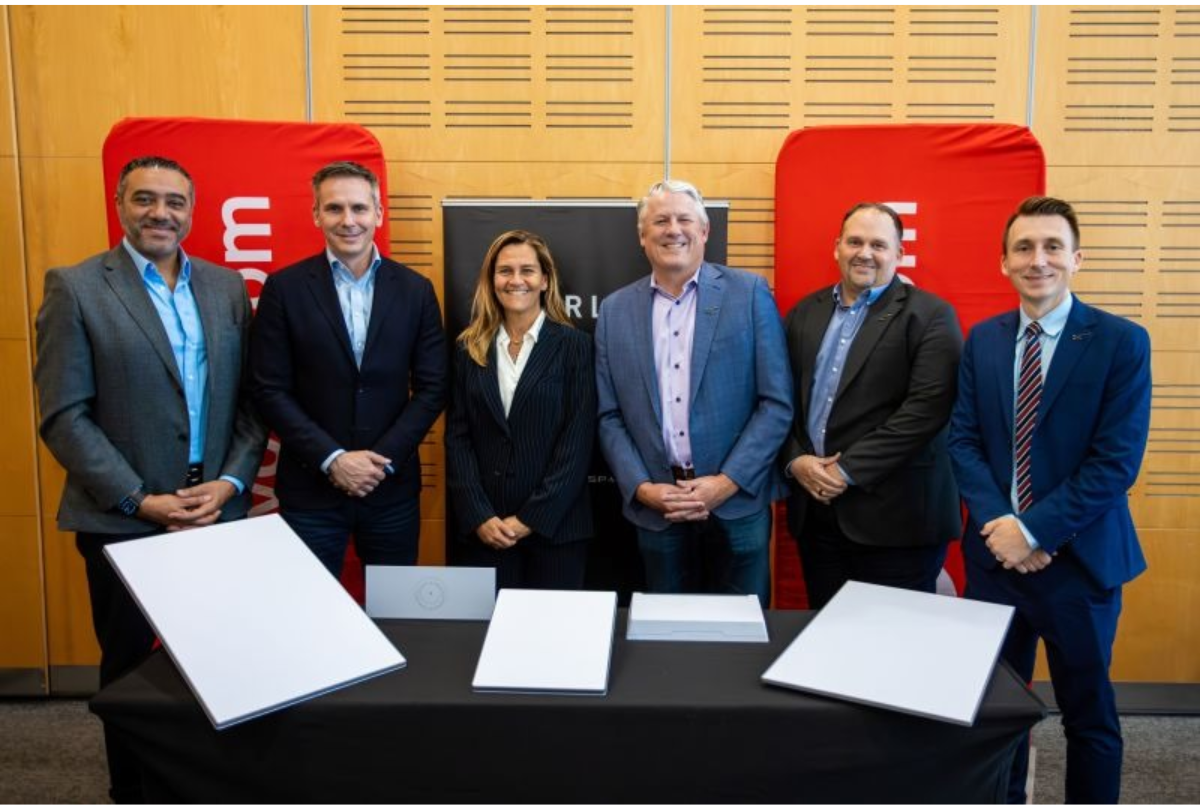Washington State raises litter fines to combat waste in public spaces – KNDU
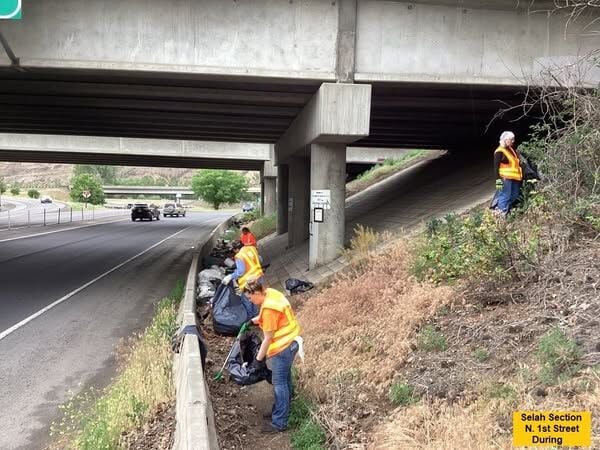
Report on New Washington State Legislation Targeting Waste in Alignment with Sustainable Development Goals
Legislative Measures and Enforcement
Effective immediately, Washington State has enacted new legislation aimed at curbing litter and plastic waste, thereby strengthening its commitment to environmental stewardship and sustainable practices. The law introduces stricter penalties for offenders to foster greater public responsibility.
- The fine for littering quantities up to one cubic foot has been increased from $50 to $125.
- The violation has been reclassified from a class three to a class two civil infraction, signifying a more serious offense.
- These new penalties are in addition to the pre-existing base penalty of $93 for discarding materials onto state highways.
Scope of the Environmental Challenge
Data from the Washington State Department of Ecology underscores the significant scale of the waste problem, which this new law aims to mitigate. The statistics reveal a substantial environmental burden on public lands and infrastructure, directly impacting community well-being and ecosystem health.
- In 2024, state-led litter-pickup initiatives collected 5.2 million pounds of litter along more than 18,000 miles of roadway.
- Annually, an additional 11.6 million pounds of waste are collected from public areas, including parks, recreation sites, and rest areas.
Alignment with United Nations Sustainable Development Goals (SDGs)
This legislative action directly supports the achievement of several key United Nations Sustainable Development Goals, positioning Washington State as a proactive contributor to the global 2030 Agenda for Sustainable Development.
- SDG 11: Sustainable Cities and Communities: By implementing robust waste management policies and reducing pollution, the law contributes to Target 11.6, which aims to reduce the adverse per capita environmental impact of cities. Cleaner public spaces enhance the quality of life and sustainability of urban and recreational areas.
- SDG 12: Responsible Consumption and Production: The increased fines serve as a deterrent to irresponsible disposal, directly supporting Target 12.5 to substantially reduce waste generation through prevention and reduction. It encourages a shift in public behavior towards more sustainable consumption patterns.
- SDG 14: Life Below Water & SDG 15: Life on Land: Reducing land-based litter, particularly plastics, is crucial for protecting biodiversity. This initiative helps achieve Target 14.1 (reduce marine pollution from land-based activities) and Target 15.1 (ensure the conservation and sustainable use of terrestrial ecosystems), as it prevents waste from contaminating waterways and natural habitats.
- SDG 16: Peace, Justice and Strong Institutions: The enactment and enforcement of this environmental law exemplify the development of effective and accountable institutions (Target 16.6) that are capable of creating and upholding regulations for the public good and environmental protection.
Sustainable Development Goals (SDGs) Addressed
The article highlights issues and actions that are directly connected to several Sustainable Development Goals. The primary focus on waste management, environmental protection, and legislative action links the new law in Washington State to the following SDGs:
-
SDG 11: Sustainable Cities and Communities
This goal is relevant because the article focuses on managing waste in public spaces that are part of human settlements. The law addresses litter on “state highways,” “parks, recreation areas, and rest areas,” which are essential components of sustainable community environments. The effort to reduce litter directly contributes to making these areas cleaner, safer, and more environmentally sound for residents.
-
SDG 12: Responsible Consumption and Production
The article’s core subject, a law “targeting litter and plastic waste,” aligns with the principles of responsible consumption and production. By increasing fines, the law aims to deter littering, which is a form of improper waste disposal. This action promotes the prevention and reduction of waste generation, a key aspect of shifting towards sustainable consumption patterns.
-
SDG 14: Life Below Water
Although the litter mentioned is on land, the specific mention of “plastic waste” connects the issue to SDG 14. Land-based litter, particularly plastic, is a major source of marine pollution and debris. By implementing measures to control plastic waste on land, the law indirectly helps to prevent and reduce pollution in marine ecosystems.
Specific SDG Targets Identified
Based on the content of the article, the following specific targets under the identified SDGs can be pinpointed:
-
Target 11.6: By 2030, reduce the adverse per capita environmental impact of cities, including by paying special attention to air quality and municipal and other waste management.
The new law is a direct action related to “municipal and other waste management.” The article states that litter-pickup programs collected “5.2 million pounds of litter” on roads and that public areas see “11.6 million pounds annually.” The law aims to reduce this environmental impact by discouraging the act of littering in these areas.
-
Target 12.5: By 2030, substantially reduce waste generation through prevention, reduction, recycling and reuse.
The law’s mechanism of increasing the “fine for littering… from $50 to $125” is a preventative measure. The goal is to deter individuals from creating waste in public spaces, thereby contributing to the “prevention” and “reduction” of waste generation at its source.
-
Target 14.1: By 2025, prevent and significantly reduce marine pollution of all kinds, in particular from land-based activities, including marine debris and nutrient pollution.
The law specifically targets “plastic waste,” which is a primary component of marine debris. By addressing litter on “state highways” and in other public areas, the policy tackles a “land-based activity” that is a significant contributor to marine pollution, thus aligning with the objective of this target.
Indicators for Measuring Progress
The article provides or implies several quantitative and qualitative indicators that can be used to measure progress towards the identified targets:
-
Total weight of litter collected
The article provides a clear baseline for this indicator. It states that in 2024, “litter-pickup programs collected 5.2 million pounds of litter across the state” from roads and that public areas accumulate “11.6 million pounds annually.” Progress can be measured by tracking the change in these figures in the years following the law’s implementation. A decrease would indicate success in reducing litter.
-
Amount of plastic waste as a proportion of total litter
Since the law specifically targets “plastic waste,” a relevant indicator would be the reduction in the volume or weight of plastic litter collected. While the article does not provide a baseline for this specific type of waste, monitoring the composition of collected litter over time would measure the law’s effectiveness in addressing this key pollutant.
-
Policy implementation and enforcement
The article itself documents the implementation of a new policy. The specific details—”The fine for littering up to one cubic foot rose from $50 to $125, upgrading it from a class three to a class two civil infraction”—serve as an indicator of government action. Future tracking of the number of fines issued could serve as an indicator of enforcement levels.
Summary of SDGs, Targets, and Indicators
| SDGs | Targets | Indicators |
|---|---|---|
| SDG 11: Sustainable Cities and Communities | 11.6: Reduce the adverse per capita environmental impact of cities, including by paying special attention to… municipal and other waste management. | Total weight of litter collected annually. (Baseline mentioned: 5.2 million lbs on roads and 11.6 million lbs in public areas). |
| SDG 12: Responsible Consumption and Production | 12.5: Substantially reduce waste generation through prevention, reduction, recycling and reuse. | Implementation of preventative policies, such as the increase in fines for littering from $50 to $125. |
| SDG 14: Life Below Water | 14.1: Prevent and significantly reduce marine pollution of all kinds, in particular from land-based activities. | Reduction in the amount of plastic waste collected, as the law specifically targets “plastic waste” which is a major land-based source of marine debris. |
Source: nbcrightnow.com

What is Your Reaction?
 Like
0
Like
0
 Dislike
0
Dislike
0
 Love
0
Love
0
 Funny
0
Funny
0
 Angry
0
Angry
0
 Sad
0
Sad
0
 Wow
0
Wow
0







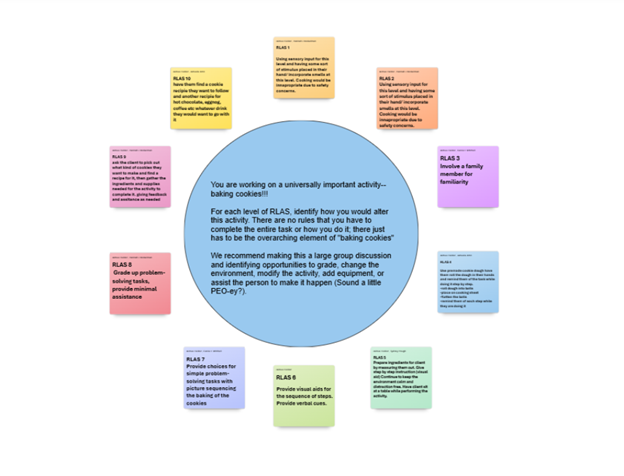
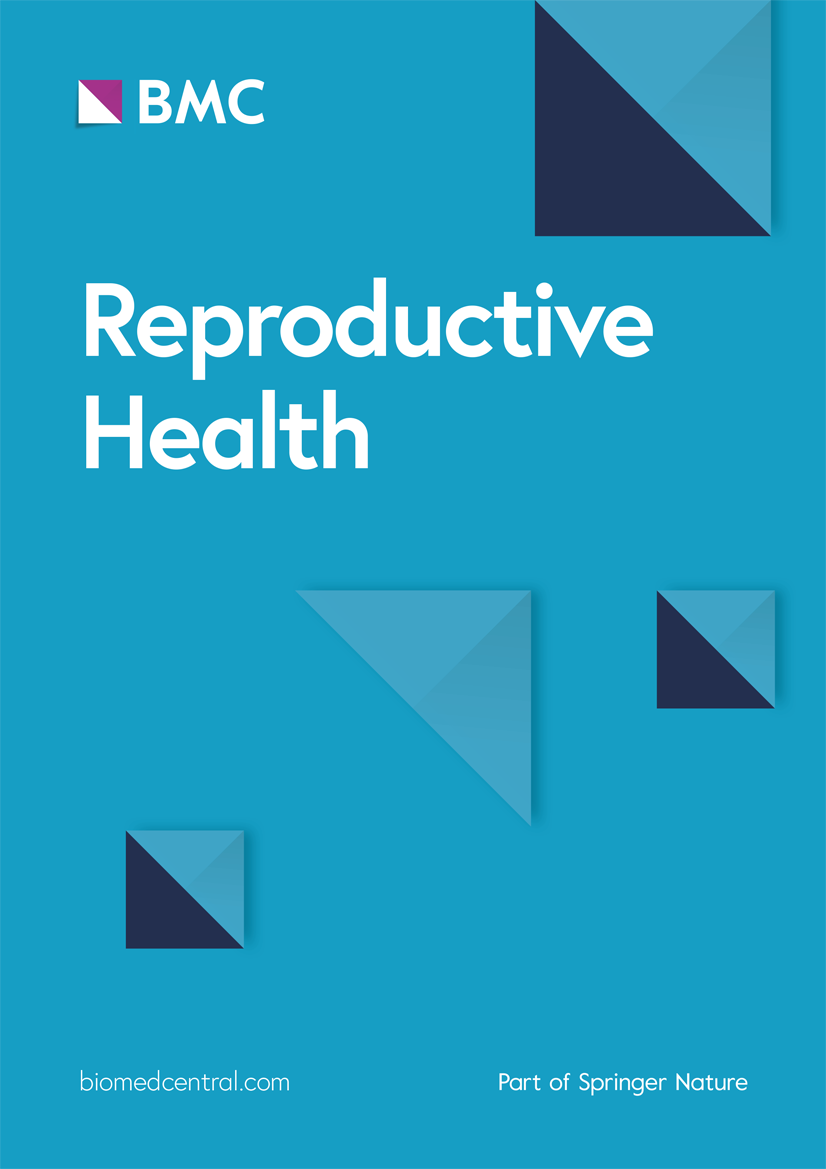


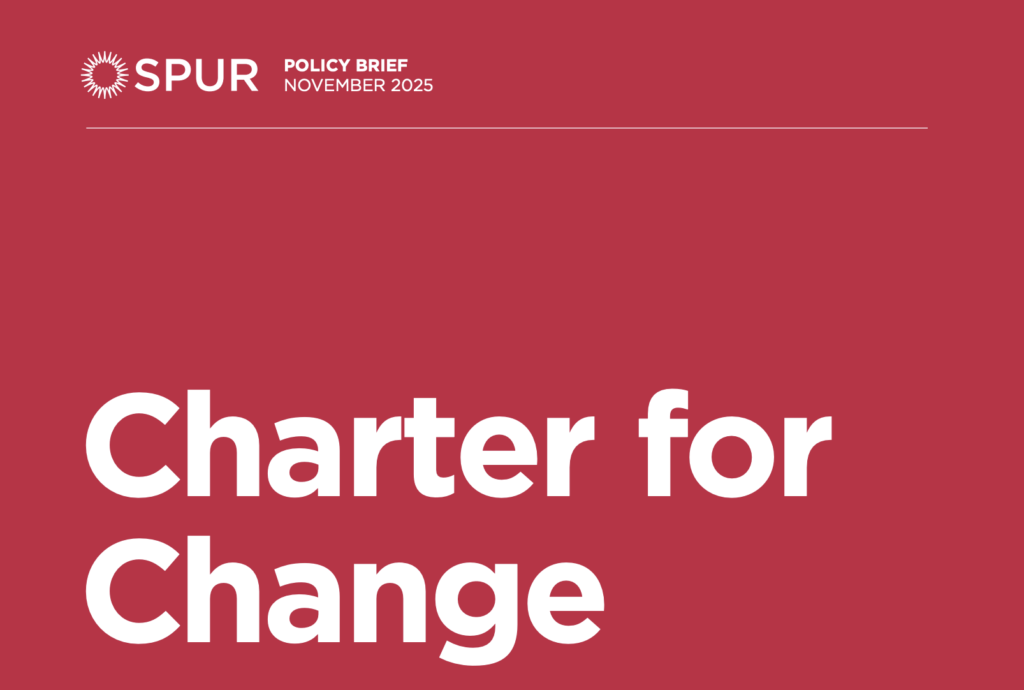

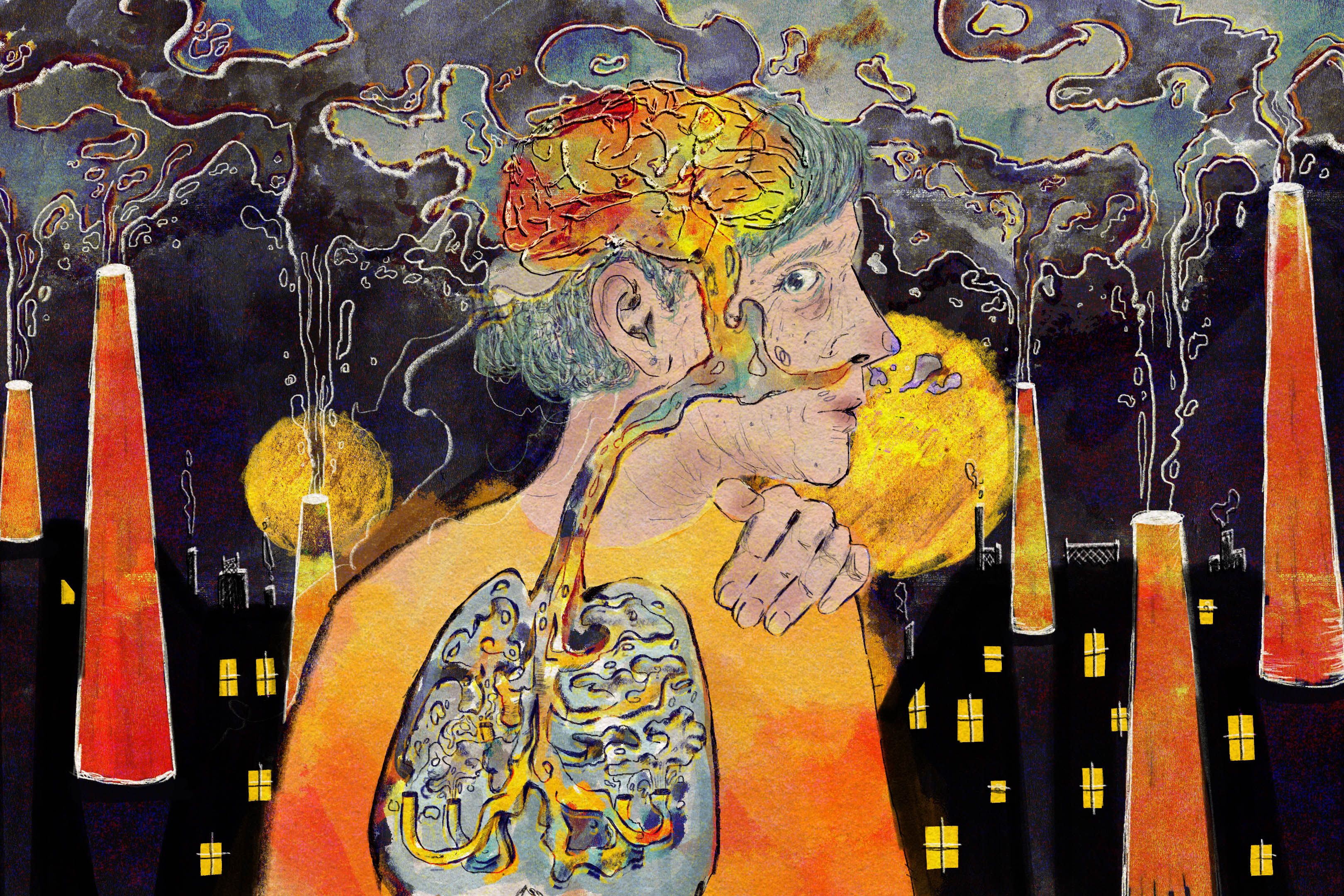














.jpg?#)
